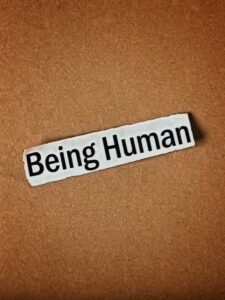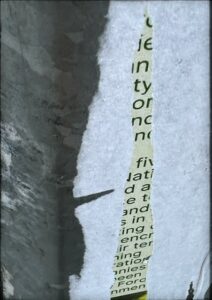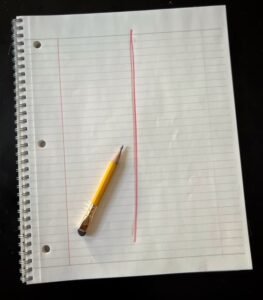 Each year I try to select a word or phrase to guide me through the coming weeks and months. Some years it is a quote from somebody or another that, for whatever reason, inspires me or causes me to think a little deeper.
Each year I try to select a word or phrase to guide me through the coming weeks and months. Some years it is a quote from somebody or another that, for whatever reason, inspires me or causes me to think a little deeper.
Other years it has been a single word.
Whatever I decide upon, I will take those words and affix them to the first page in my dayplanner as a reminder, or prompt. I will look at those words often throughout the year.
I had been wrestling with a few motivating words over the past week, trying to see what fits into my current state of mind. I’ve been restless lately, but in a content sort of way. At times, indecisive is not such a bad way to be, except when you are looking for a concrete direction.
A few days ago, after flipping through notes, newspapers and assorted scraps, the headline of a magazine article captured my imagination; it spoke to me and all that I believe.
Being Human.
As a mantra or a mission statement, I can’t think of anything more important right now.
Human: it is what I am. We all are.
It is something worth aspiring to.
Being human: it is something that should come naturally.
Then again, a deeper question: How can I be a better human?
Or, conversely, what defines a human?
To be a human is to be an individual, but you learn or grow up knowing that all humans function better when not isolated. We need each other.
Expand upon friendships you have earned over time, cherish them for what they are. Find ways to improve relationships that make you feel worthy, find worth in those friendships you have allowed to fall by the wayside. Reconnect, if possible. Couldn’t we all use more friends?
Expect less of others, but demand more of yourself without getting caught up in the anxiety of it all.
Follow through on promises you make, make less if you are not able to fulfill them, and appreciate any pledge offered or intended.
Offer help when you feel it is needed, accept what is offered, and try not to overlook the efforts of others. Charity flows both ways.
Be humble.
Be mindful of the state of this planet. Recognize the aggressions many people face, but also realize that many of those battles are internal. You yourself seek balance in your own mental health.
Show compassion, be less judgemental.
Be more forceful with your intentions and recognize limits need not be boundaries but goals worth striving for.
Don’t let life pass you by; participate in that which brings you joy and invite others along.
Realize we all need company or consideration.
Humanity cannot be forced, but it can be improved upon. Isn’t that something to work towards?
Strive not to be something you are not but be all that you can.
Being human is a good place to start.
“To be human means to care for one another.”
-Pope Francis
© 2024 j.g. lewis
 Words that were there, affixed
Words that were there, affixed


